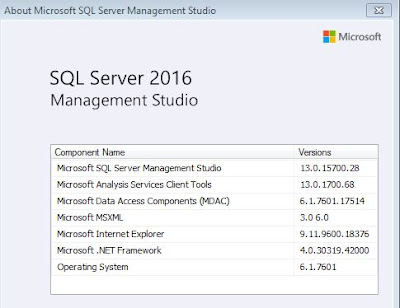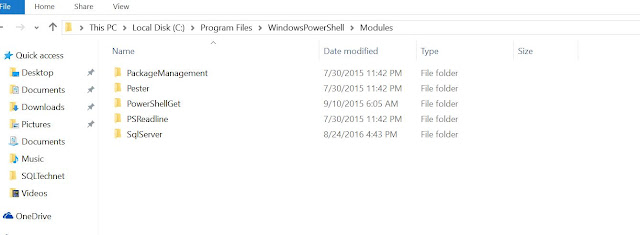My Client recently complained that his linked server was
failing to connect with the following error,
“An error Occurred during Service Key decryption
There is no remote user ‘xxxxx’ mapped to local user ‘(null)’
from the remote server ‘xxxxx’.
(Microsoft SQL Server, Error : 33094)”
On checking the user permissions were right and the remote
login in which the Log server was configured had right permissions to access to
the Linked server.
When I did some googling I stumbled across, https://technet.microsoft.com/en-us/library/ms187788.aspx
“To
change the SQL Server service account, use SQL Server Configuration Manager. To
manage a change of the service account, SQL Server stores a redundant copy of
the service master key protected by the machine account that has the necessary
permissions granted to the SQL Server service group. If the computer is
rebuilt, the same domain user that was previously used by the service account
can recover the service master key. This does not work with local accounts or
the Local System, Local Service, or Network Service accounts. When you are
moving SQL Server to another computer, migrate the service master key by using
backup and restore.
The REGENERATE phrase regenerates the service master key. When
the service master key is regenerated, SQL Server decrypts all the keys that
have been encrypted with it, and then encrypts them with the new service master
key. This is a resource-intensive operation. You should schedule this operation
during a period of low demand, unless the key has been compromised. If any one
of the decryptions fail, the whole statement fails.
The FORCE option causes the key regeneration process to continue
even if the process cannot retrieve the current master key, or cannot decrypt
all the private keys that are encrypted with it. Use FORCE only if regeneration
fails and you cannot restore the service master key by using the RESTORE SERVICE MASTER KEY statement.”
This is exactly what happened with my client, the SQL was
running under local account and the server was migrated.
Once
I ran ALTER SERVICE
MASTER KEY FORCE REGENERATE the linked servers started
working gain.























